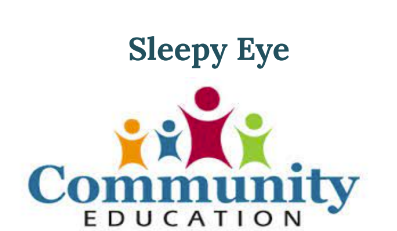Newsletters
-

Community Education Update 3/4
Literacy Night will be held on Tuesday, March 11, 5-7 p.m. in the Sleepy Eye Elementary School building. All children…
Read More » -
Family Living Focus: Remember to Take Your Pills
Gail Gilman, Family Life Consultant, M.Ed., C.F.C.S. and Professor Emeritus, University of Minnesota We forget things every day such as…
Read More » -

Community Education Update 2/24
Sixteen young people completed the 30 hours of classroom instruction for driver’s education. Their next step is to take the…
Read More » -
Family Living Focus: Shape Your Surroundings
Gail Gilman, Family Life Consultant, M.Ed., C.F.C.S. and Professor Emeritus, University of Minnesota Shape your surroundings and make it easier…
Read More » -

Community Education Update 2/20
Fifteen preschoolers had a great time sharing time with their grandparents on Saturday in the ECFE classroom. Many table activities…
Read More » -
Family Living Focus: February is Heart Health Month
Gail Gilman, Family Life Consultant, M.Ed., C.F.C.S. and Professor Emeritus, University of Minnesota There is a good chance that you,…
Read More » -

Community Education Update 2/11
Over 120 individuals attended the parent-child dances that were held on two Sunday afternoons at the Sleepy Eye Event Center.…
Read More » -
Family Living Focus: Thyroid Disease – What You Need to Know
Gail Gilman, Family Life Consultant, M.Ed., C.F.C.S. and Professor Emeritus, University of Minnesota You cannot see it; you cannot feel…
Read More » -

-

Community Education Update 1/27
The Father/Daughter dance is scheduled for Sunday February 9, 1-2:30 p.m. at the Sleepy Eye Event Center for children 3…
Read More »

